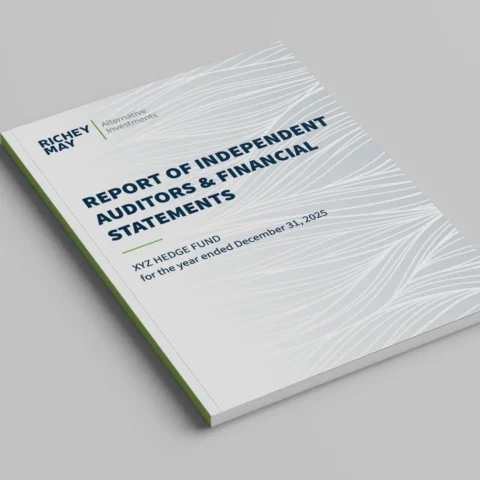As cybersecurity leaders, it’s crucial to remain vigilant against all types of fraud, even those that may seem festive or harmless. All holidays fall into this category. With St. Patrick’s Day this month, it’s essential to recognize that cybercriminals may attempt to exploit the holiday spirit to infiltrate organizations and defraud unsuspecting victims. In this blog post, we’ll explore how “lucky” or “St. Patrick’s Day” scams can threaten companies and discuss strategies for protecting against them.
St. Patrick’s Day, with its associations of luck, celebration, and goodwill, presents an opportune moment for cybercriminals to launch various scams. These deceiving threats can take many forms, from phishing emails offering “lucky” deals or promotions to social engineering tactics that exploit the holiday festivities to deceive individuals into divulging sensitive information or engaging in fraudulent activities.
Phishing Emails – A Cybercriminal’s Leprechaun
One common tactic used in St. Patrick’s Day scams is phishing emails. These emails may purport to offer exclusive St. Patrick’s Day discounts, promotions, or contests, enticing recipients to click on malicious links or download harmful attachments. Once clicked, these links or attachments can install malware on the victim’s device, compromise their personal information, or grant unauthorized access to their financial accounts.
Social Engineering – The Con Artist’s Blarney Stone
Another variation of St. Patrick’s Day scams involves social engineering techniques to exploit individuals’ trust and goodwill. For example, cybercriminals may pose as charitable organizations seeking donations for St. Patrick’s Day-related causes or events. Bad actors can persuade unsuspecting victims to provide their financial information or make donations to fraudulent accounts, thinking they are supporting a legitimate cause.
Operational and Reputational Risks – The Twin Snares
In addition to direct financial fraud, St. Patrick’s Day scams can have broader implications for financial services firms, including reputational damage and regulatory scrutiny. If customers fall victim to these scams and suffer economic losses, they may hold the financial institution accountable and seek restitution. Moreover, regulatory authorities may investigate the firm’s handling of the incident, potentially resulting in fines or other penalties if deficiencies are found in its cybersecurity practices.
So, how can you protect your company from St. Patrick’s Day scams? Here are some essential strategies:
Employee Training and Awareness: Educate employees about the various forms of St. Patrick’s Day as well as all holiday scams and how to recognize and respond to them effectively. Provide regular training sessions and updates on emerging threats, emphasizing the importance of skepticism and caution when dealing with unsolicited emails, links, or requests for personal information.
Robust Email Security Measures: Implement advanced email security solutions, such as Abnormal Security or Microsoft Defender to detect and block malicious emails before they reach employees’ inboxes. Encourage employees to report suspicious emails promptly and provide clear procedures for escalating potential threats to the IT or cybersecurity team.
Enhanced Detection and Monitoring: Utilize and properly tune Endpoint and Network Detection and Response tools, to identify and mitigate suspicious activity related to St. Patrick’s Day scams. Promptly investigate any flagged incidents and take appropriate action to prevent further harm.
Collaboration and Information Sharing: Foster collaboration with your industry peers, cybersecurity organizations, and your cybersecurity vendor partners to share threat intelligence and best practices for combating holiday fraud like St. Patrick’s Day scams. Participate in information-sharing forums (such as FS-ISAC), threat intelligence exchanges, or collaborative initiatives aimed at enhancing the collective resilience of the financial services sector against cyber threats.
All holiday-related scams pose a significant threat, potentially resulting in financial losses, reputational damage, and regulatory repercussions. By implementing a combination of tactics, you can better protect your company, your employees, and ultimately, your customers from falling victim to these scams. Your decorations should be the only ‘fool’s gold’ this St. Patrick’s Day.
Start planning now to avoid this unlucky event, and don’t hesitate to reach out for guidance. Need to set up a call? Email Alex Brown, Richey May’s Director, Cybersecurity Business Development.





